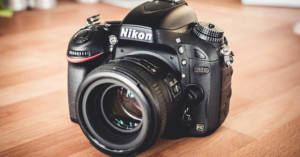
This is How Much Ink the Epson 9900 Printer Wastes
It is said that printer ink costs more than black market human blood. With such high costs involved, you might expect that printer companies help you squeeze every last drop from an ink cartridge before you're forced to replace it. Unfortunately, that's not the case.
The folks over at Bellevue Fine Art in Seattle recently decided to find out exactly how much ink their high-end Epson 9900 printer wastes. The answer: a ton.

















